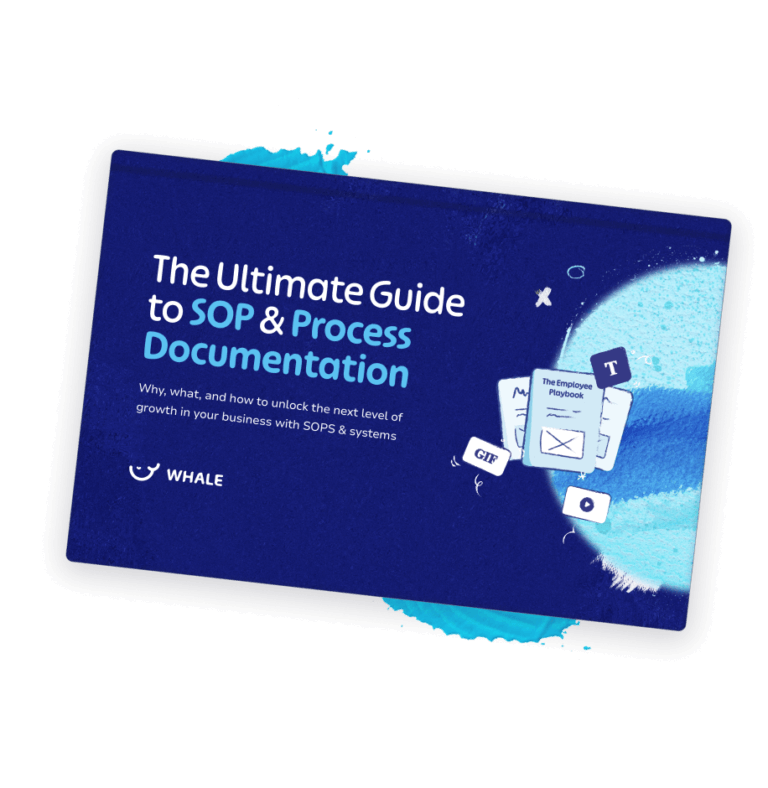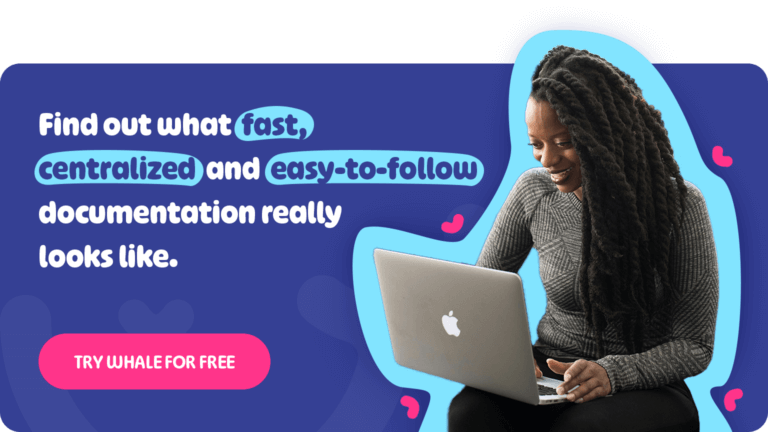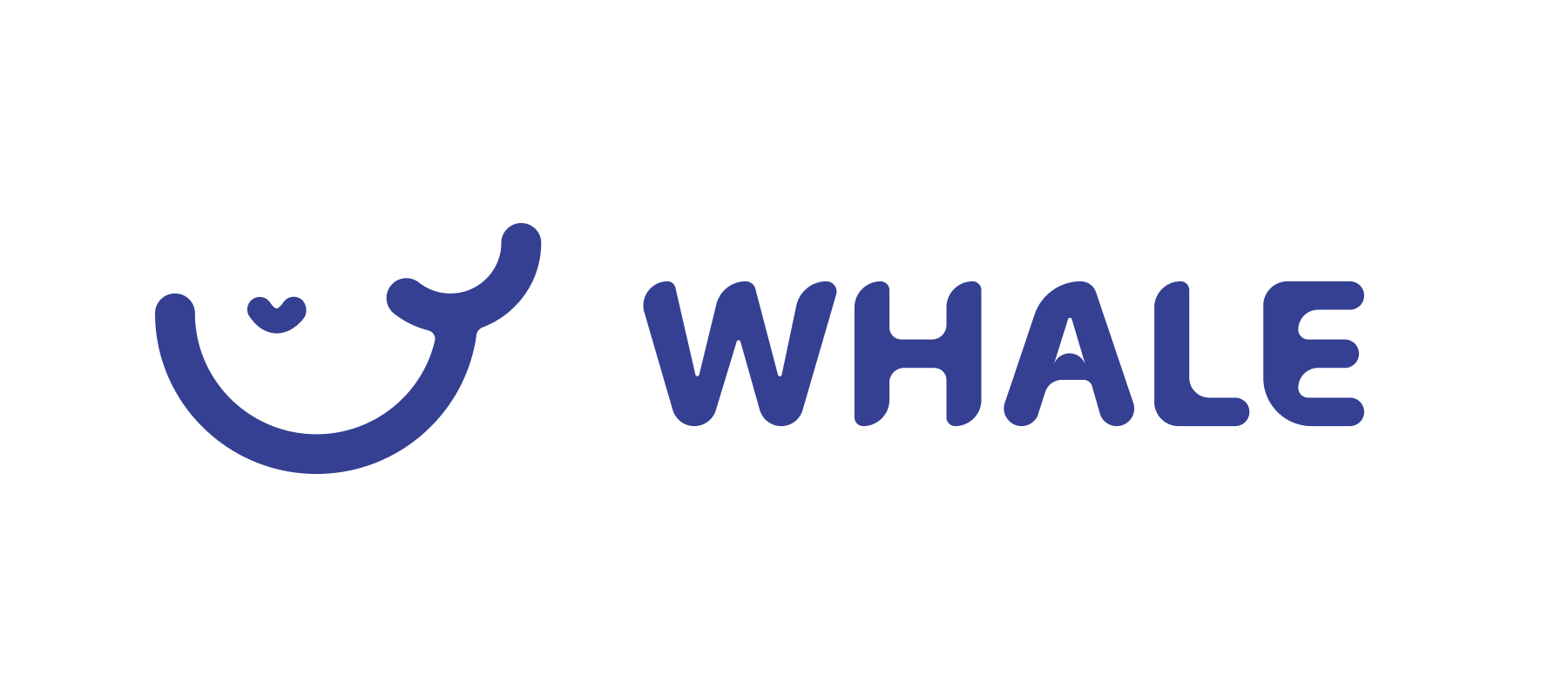Does anyone really care about how to measure SOP & Process Documentation, when you’re trying to scale and grow a business?
The answer is probably no, but you should. Here’s why;
In 1997, Toyota made history by unveiling the world’s inaugural mass-produced hybrid car, the Toyota Prius. This groundbreaking vehicle marked a significant departure from traditional gasoline-powered cars, representing a remarkable leap in technology. Toyota’s investment in the Prius was substantial, driven by a forward-thinking perspective on hybrid technology’s long-term potential. Despite encountering numerous challenges, such as concerns over the high costs associated with hybrid systems and uncertainties about consumer demand, Toyota persevered. Fueled by a steadfast commitment to a more sustainable future, the company relentlessly worked to enhance and perfect the Prius. Today, the Prius stands as an immensely popular and globally recognized brand, boasting a remarkable milestone of over 10 million units sold worldwide.
What does 1997 and Toyata have to do with measuring process documentation?
ALOT!
Your processes and improvement thereof should lead to bottom-line impact, such in the case of Toyota, if you’re going to get real value from them.
In this piece, we’ll delve into why measuring SOP and process documentation matters, the key metrics you should consider, real-world examples, and best practices to help you unlock growth and achieve your business objectives.
Understanding SOP and Process Documentation
Every business has a specific way of doing things, their own secret sauce to use a common term.
Over time companies figure out the best way to do things in order to achieve their objectives like grow, retain customers, and keep employees engaged.
Eventually the ‘way of doing things’ needs to be documented. That’s SOP and Process Documentation. You can simply download our eBook to find out more;
Why Measure SOP and Process Documentation?
To ensure consistency and standardization
Imagine a multinational giant ensuring the consistency of customer service across thousands of stores worldwide. SOPs guarantee that whether you’re shopping in New York or Tokyo, you receive the same high-quality service.
You may not be a multinational giant just yet, but if you’re looking to expand your business, you’re going to want to maintain consistency in the customer experience.
Real-World Example: Starbucks Corporation maintains SOPs for preparing their signature beverages, ensuring uniform taste and quality globally.
To improve operational efficiency
Efficiency is the cornerstone of any successful business. Properly documented processes help identify bottlenecks and inefficiencies, resulting in streamlined operations.
Real-World Example: SWAG.com’s meticulous order fulfillment process, documented to perfection, ensures packages reach customers with remarkable speed and accuracy.
To enhance quality control and compliance
In certain industries like real estate or financial services, adherence to strict quality control measures and compliance with regulations are paramount. SOPs in these sectors are not just beneficial but absolutely indispensable.
Real-World Example: Avior Wealth is an investment advisory firm that helps their clients build financial plans in a way that matters most. Here’s how they train their teams and maintain industry compliance.
To facilitate training and onboarding processes
When new employees join an organization, clear SOPs and process documentation expedite their training, helping them understand their roles and responsibilities quickly and effectively. This leads to lower ramp up time and less impact from the leaky bucket syndrome.
Real-World Example: Hilton University provides detailed training manuals and SOPs for preparing enabling new employees to learn the processes of the business efficiently and to prepare them for a long career within the group.
Key Metrics for Measuring SOP and Process Documentation
Okay so you know it’s important to measure SOP and Process Documentation but what should you measure?
Like any area of the business, there are a million different type of metrics you could measure but what’s important is to measure the metrics that align your team faster and that have business impact.
Here are the key metrics we advise clients to track with adoption of SOP & Process Documentation;
Team alignment and engagement
Whale is the fastest way to get your team aligned. 🚀
There’s a reason we’ve claimed this as our unique selling point. Ultimately, even if you don’t use our tool, the faster you align your team, the quicker you’ll reach your objectives.
“With anything in life, the faster things move, the quicker they improve. The quicker things improve, the more you’re going to learn about what it takes to run your business successfully.” Forbes on Speed Is The Most Important Thing For Your Business’ Profitability—Here’s Why
But it’s not just about moving faster, it’s about being aligned so that you move faster, achieve faster.
Employee ramp up time
How much time does it take to onboard a new team member in your business? With the adoption of processes in your business, you should be able to see at least a 5% reduction in ramp up time, if not more.
Knowledge gaps
How many times does a team member search information in your business? How many times do you have to answer the same questions on the same subjects from different team members?
By beginning to measure and close these ‘knowledge gaps’ in your business, you’ll be increasing team productivity.
Effect on key business metrics before and after, e.g. customer churn
If you work with OKR’s and rocks, then you’re an objective driven organization. This is great because it means you’re measuring the impact of your team’s efforts.
But do you pay attention to what happens before and after a certain process is implemented?
For instance, what is the effect on customer churn when you implement a new customer onboarding process? Measuring key business metrics in relation to when you implement new processes will not only help you with process improvement but also will correlate that improvement with the business objectives.
Knowledge retained
How do you approach the forgetting curve in team training? Do your team members know what they need to know? Are they equipped in the skills they need to succeed in their work?
Implement methods to monitor knowledge retention and adherance to documented procedures such as periodic audits, quizzes, or interactive training sessions. By doing so, you can identify areas for improvement and also identify what skills your team might be lacking.
A tip for measurement of SOPS and Process Documentation
When measuring the impact of documentation, remember to actively seek feedback from employees and stakeholders who engage with the documentation. They can provide valuable insights into the document’s practicality, effectiveness, and areas that need enhancement. Further to that empowering subject matter experts across the business ensures that documentation remains relevant and up to date.
It’s what Toyota calls Kaizen;
Kaizen humanises the workplace, empowering individual members to identify areas for improvement and suggest practical solutions.
This means that feedback received is analyzed and used as a foundation for making necessary revisions. Regularly update your documentation to reflect evolving processes, technological advancements, or organizational changes.
How to measure your SOPs

Calculate your ROI
When you’re choosing a documentation & training solution for your team, you want to know what return you can expect.
1. Calculate saving on employee turnover
Every dedicated HR pro knows the importance of SOPs on employee retention — the more engaging your procedures, the more likely employees are to stick around.
But what does that look like in hard numbers?
Let’s kick off by calculating your employee turnover and how much an awesome SOP could actually save.
First off, here’s how to work out your Annual Turnover Cost:
- Number of leavers (NL) = Number of employees x Annual turnover %
- Average cost of leavers (C) = Hiring, onboarding, and training costs + Cost of time with role unfilled
NL x C = Annual Turnover Cost
So, let’s say your annual turnover rate is 10% (NL = 10), you spend around $10,000 per person on hiring, onboarding and training, and you lose around $10,000 in lost productivity while the role is unfilled (C = $20,000)
Annual turnover cost: 10 x $20,000 = $200,000
But if you invested in smart SOPs to help reduce employee turnover by even 20%, you’d save $40,000.
That’s a pretty tidy sum!
🛠️ For your toolbox: Boost employee engagement and reduce turnover by using a visual knowledge and training platform like Whale. Goodbye boring word docs, hello snackable SOPs complete with fun memes, gifs, images and video.
2. Calculate time cost savings
This next one is all about reclaiming your team’s precious time.
Start by figuring out how much time goes into creating, updating, and training employees on the importance of SOPs and how to use them. Next, work out how long each team member spends on SOP-related tasks.
Once you know how much crappy SOPs are actually costing you, you can work out how much awesome SOPs can save.
Here’s how that looks in numbers:
Hours per month x Hourly wage = Cost per month
For example, an employee in charge of updating SOPs might spend 10 hours per month editing word documents, and another 10 hours answering queries from confused employees — that’s a total of 20 hours spent per month on SOPs. If their hourly wage is $30 per hour, here’s what your sum looks like:
20 x $30 = $600 per month for one employee
Now imagine you have three team members who plan your SOP, one in charge of updating, and two more whose job it is to train employees. Plus, you have ten employees who use the doc each day. That’s a whole lotta dollah per SOP.
By streamlining your SOPs with a smart knowledge platform, you could easily cut those numbers by at least 30%, saving a sweet $180 per employee per month. Nice!
🛠️ For your toolbox: Save precious SOP management time with an all-in-one knowledge and training platform. From automated reminders to direct messaging, keeping track of SOP updates has never been easier with tools like Whale. Plus, employees can learn on the go with our unique Chrome Extension.
3. Calculate employee value
Each employee represents value to your company — but if those employees don’t know exactly what’s expected of them or how to follow certain processes, that value goes way down.
With only around half of all workers knowing what’s actually expected of them in the workplace, smart SOPs offer a crucial opportunity to engage employees and get them super focused on the task at hand.
Here’s your formula to figure out the importance of SOPs when it comes to boosting employee value:
Let’s say your total revenue is $10M per year.
With high employee engagement making companies 21% more profitable, that’s an extra $210,000 per year in your pocket.
Simple, but effective. 💪🏼
🛠️ For your toolbox: Involve employees in the process by delegating specific SOP management tasks to subject matter experts. With tools like Whale, you can easily manage as many experts and queries as you need, all in one place.
4. Calculate the cost of replacing lost employees
US employers spend $2.9M per day looking for replacement workers. That’s a whopping $1.1B per year. (Yep, you read that right!)
From marketing to onboarding, there are a ton of costs that go into hiring new employees — and if you have to repeat the recruitment process just once, that doubles your costs in one swoop.
But with 86% of employees citing their company’s broken processes as a driving factor for leaving a role, home-run SOPs can save you from breaking the bank by engaging employees before they hit the road.
Let’s break it down to figure out the importance of SOPs:
First off, work out how much it costs to advertise, hire, and onboard a new role.
Let’s say you spend an average of $4K per new hire on these tasks. If your new employee is one of the 20% that leave a role within the first 45 days, that’s $4K down the drain and another $4K lined up to rehire, leaving you a cool $8,000 out of pocket.
The solution? Keep hold of new hires by fixing broken processes with an awesome knowledge training platform.
🛠️ For your toolbox: Tools like Whale can help you spot unengaged employees with a backend dashboard that shows exactly who’s opened what. So, if an SOP isn’t working for your team, you’ll know about it.
Tools and Technology for SOP and Process Documentation
In the digital age, leveraging the right tools and technologies can significantly enhance the creation, management, and effectiveness of SOP and process documentation.
There is a wide array of software available for creating and managing SOP documentation, ranging from simple document processors to specialized workflow management systems. Each tool caters to different organizational needs, so it’s essential to choose one that aligns with your specific requirements.
To make an informed decision, it’s crucial to compare the features, usability, and pricing of different software options.
Dedicated SOP and process documentation software offer several advantages.
They
✅provide centralized storage, making it easy to access and update documents in real time.
✅ often come with version control features, ensuring that everyone is working with the latest document version.
✅ deliver workflow automation and
✅ offer customizable templates to streamline the documentation process, saving time and effort.
Best of all ✅✅✅, they make it easy to measure the impact of your SOP & Process Documentation.
By investing in dedicated software, organizations can boost efficiency, collaboration, and overall document quality.
Best Practices for Effective SOP and Process Documentation
To make sure your company documentation is engaging and utilized in your business, you’ll want to adopt these habits when documenting;
- Use Clear and Concise Language:
Clarity is paramount when documenting procedures. Use simple and straightforward language, avoiding jargon and technical terms whenever possible. Ensure that even someone unfamiliar with the process can understand the instructions easily.
- Embed Visual Aids:
Visual representations, such as images and videos, can significantly enhance comprehension. Think Netflix! They provide a clear visual hierarchy of steps, making it easier for readers to follow the process logically. Visual aids are especially valuable for complex procedures with multiple decision points.
- Version Control and Updates:
Maintaining version control is essential, especially in dynamic environments where processes are subject to frequent changes. CUtilize version control features available in documentation software to manage updates efficiently.
- Regular Reviews and Revisions:
Processes evolve over time due to changing requirements, technology advancements, or industry regulations. Regularly review and update your SOP documentation to ensure it remains relevant and accurate. Schedule automated reviews and involve subject matter experts to keep your documentation up-to-date and aligned with organizational goals.
Challenges in Measuring SOP and Process Documentation
Despite the evident benefits, measuring SOP and process documentation effectiveness comes with challenges. Common obstacles include resistance to change, lack of resources, and difficulty tracking adherence.
This is why we often recommend working within an operating system that prioritizes business goals and also gives a level of accountability for both individuals and the business as a whole.
Bottom Line
In the dynamic landscape of businesses today, having a clear roadmap is essential. SOP and process documentation provide this roadmap, ensuring that the business runs smoothly, efficiently, and with minimal errors.
However, merely having documentation in place is not enough; it’s about having the right documentation that works for your organization’s unique needs. And then measuring it.
By measuring the effectiveness of SOP & Process documentation, organizations can adapt, grow, and thrive.
So, invest time, effort, and resources in creating and measuring your SOP and process documentation. Your business’s efficiency, consistency, and overall success depend on it.











